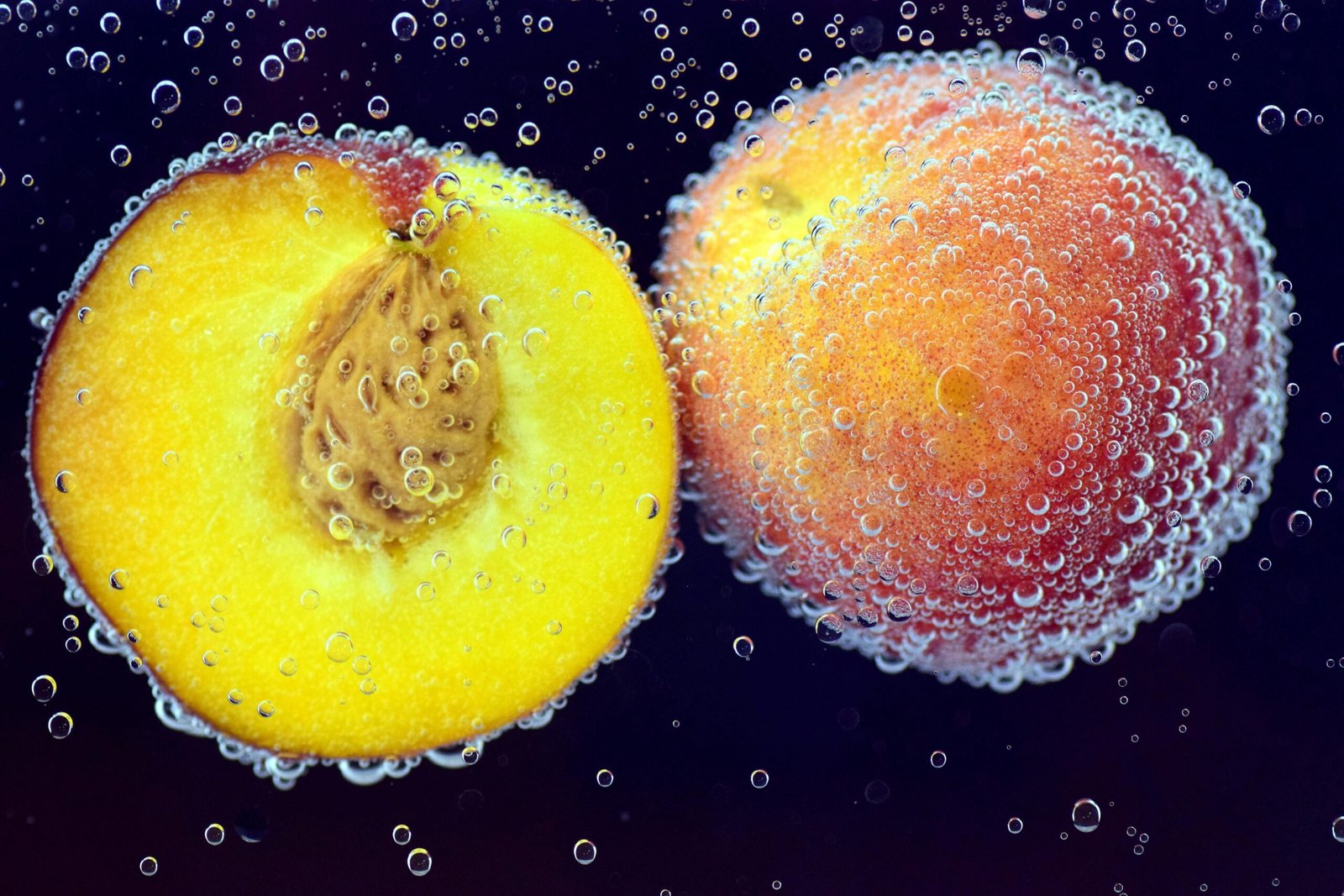Introduction
Clean Air Study Important A Brief Overview of the NASA Clean Air Study
The Importance of Indoor Air Quality
History of the NASA Clean Air Study Clean Air Study Important
Origins of the Study
Initial Goals and Objectives
Key Findings of the Study
Summary of Key Findings
Indoor Effects for Understanding Air Pollution
The Role of Plants in Cleaning the Air
How Plants Clean the Air
Plants Identified by NASA
n The science behind plant-based air purification Clean Air Study Important
Mechanisms of action
Advantages of natural air purifiers over artificial ones
Health benefits of improving indoor air quality Clean Air Study Important
Physical health benefits
Mental health benefits
Impact on work and productivity
n
Better cognitive functioning
Less absenteeism
Environmental and financial benefits
Reduced need for mechanical air cleaners
Cost savings and sustainability
Applying NASA’s Findings in Homes
Practical Tips for Applying Observations
n Popular Plants for Cleaning Home Air
Application in Workplaces
Benefits for Office Environments
Case Studies and Examples
Schools and Public Buildings
Improving Air Quality in Educational Institutions
Impact on Public Health
Technological Advances Inspired by Research
Innovations in Air Purification Technology
Future Research Directions
Research Challenges and Limitations
Potential Disadvantages of Relying on Plants Only
Other Factors Influencing Indoor Air Quality
The Future of Indoor Air Quality Research
Ongoing Research and Projects
The Role of Government and the Private Sector
Summary

Summary of the Importance of NASA Research
A Call to Improve Indoor Air Quality
Frequently Asked Questions
What is NASA’s Clean Air Research?
According to NASA, which plants are the best for cleaning the air?
How can I improve the indoor air quality of my home?
Are there any disadvantages to using plants to clean the air?
What other methods can supplement herbal air purification?
Why is NASA’s clean air research important?
Introduction
Have you ever wondered why NASA, the space exploration giant, delves into something as trivial as indoor air quality? The answer lies in the significant impact these findings have on our health and well-being. NASA’s clean air research isn’t just exciting research; it is a cornerstone for understanding how we can create healthier living and working environments. Why is this study so important? Let’s dive in and explore.Clean Air Study Important
History of NASA’s Clean Air Research
NASA started Clean Air Research in the late 1980s with a clear goal: to find ways to clean the air on space stations. In the closed and controlled environment of a spacecraft, air quality is critical to the health and safety of astronauts. The goal of NASA research was to identify natural air purification methods that could be easily implemented in space.
The most important conclusions of the study
The results of the study were groundbreaking. NASA has identified several common houseplants that can remove harmful toxins from the air. These toxins include benzene, formaldehyde, and trichloroethylene, which are often found in household products and can cause a variety of health problems. The study also determined how effectively each plant can remove these toxins, providing a scientific basis for using plants as air purifiers.Clean Air Study Important
The role of plants in cleaning the air
So how exactly do plants clean the air? Through a process called phytoremediation, plants absorb pollutants through their leaves and roots. The roots and associated soil microorganisms then break down these harmful substances into less toxic forms. This natural filtration process is very efficient and sustainable.Clean Air Study Important
The Science Behind Plant-Based Air Purification
The mechanics at play are fascinating. Plants absorb carbon dioxide and release oxygen through photosynthesis. In this process, they also absorb airborne toxins. Soil microorganisms associated with plant roots further break down these toxins. This dual function—where both the plant and its root microbiome work together—makes some plants exceptionally effective at cleaning indoor air.
Health Benefits of Better Indoor Air Quality
Better indoor air quality has many health benefits. Physically cleaner air can reduce the incidence of respiratory diseases, allergies, and other chronic diseases. Breathing mentally cleaner air can improve cognitive function and reduce stress. In short, better air quality leads to a healthier and happier life.Clean Air Study Important
Impact on Work and Productivity
Have you ever noticed how a stuffy office can lead to fatigue and less focus? NASA results show that better air quality can significantly improve productivity. Cleaner air improves cognitive function, which improves concentration and reduces errors. In addition, it reduces absenteeism due to health problems related to poor air quality.Clean Air Study Important

Environmental and economic benefits
The use of air purifiers also benefits the environment and the economy. Unlike mechanical air cleaners, plants do not require electricity and produce no waste. This natural solution reduces energy consumption and maintenance, making it a sustainable and cost-effective option.
Applying NASA findings to homes
Applying NASA findings to your home is easier than you think. Start by adding popular air-purifying plants such as spider plants, peace lily, and English ivy. To maximize benefits, place them in areas where you spend the most time, such as the living room and bedroom.Clean Air Study Important
Use in Workplaces
Workplaces can also benefit greatly from these findings. Offices with better air quality reported improved employee satisfaction and productivity. Simple changes like adding potted plants to the office can make a big difference. Some companies have even created green walls – vertical gardens that improve the office environment.Clean Air Study Important
Schools and Public Buildings
Schools and public buildings are ideal places to make these observations. Children, who are more sensitive to air pollution, benefit greatly from cleaner air. Schools that implemented air purifiers saw improved student performance and fewer sick days. Community buildings can lead by example in creating healthier spaces for all.Clean Air Study Important
Research-Inspired Technology Development
NASA research has also inspired technological development in air purification. Innovations that mimic plant processes have emerged, such as biofilters and air purifiers. These technologies aim to combine the best of nature and science to create highly efficient air purification systems.
Challenges and Limitations of the Study
Despite the benefits, there are some limitations to using only air purifiers. Plants can only absorb so much pollution, and their efficiency can be affected by environmental factors such as light and temperature. In addition, taking care of plants requires effort and knowledge to keep them healthy and efficient.
The Future of Indoor Air Quality Research
The future of indoor air quality research looks promising. Ongoing research is looking for new plant types and techniques to improve air purification. Cooperation between the state, the private sector, and research institutions is crucial to promote these innovations and make clean air accessible to all.Clean Air Study Important
Conclusion
Clean Air Study Important The NASA clean air study highlighted the important role of plants in improving indoor air quality. By understanding and applying these findings, we can create a healthier, more productive, and more sustainable living and working environment. It is a simple but effective reminder of the profound influence that nature has on our daily lives.Clean Air Study Important
Frequently Asked Questions
What is NASA’s Clean Air Survey?
NASA’s clean air study aimed to identify plants that can improve indoor air quality by removing harmful toxins. The goal of this research was to find natural ways to clean the air on space stations, and its results have practical applications in homes and offices on Earth.
According to NASA, which plants are the best for cleaning the air?
NASA has identified several effective air-purifying plants, including spiderwort, peace lily, ivy, and Boston fern. These plants can remove common indoor air pollutants such as benzene, formaldehyde, and trichloroethylene.

How can I improve indoor air quality in my home?
To improve indoor air quality, add air purifiers, ensure adequate ventilation, reduce the use of toxic household products, and follow regular cleaning routines. Using air purifiers and keeping humidity levels under control can also help.
Are there any disadvantages to using plants to clean the air?
Although plants are effective in improving air quality, they have limitations. They can only absorb a limited amount of pollutants and their effectiveness can be affected by factors such as light and temperature. In addition, taking care of plants requires effort and knowledge.
What other methods can supplement herbal air purification?
Supplement plant-based air purification with mechanical air cleaners, adequate ventilation, regular cleaning, and reducing the use of chemical-based products. Combining these methods helps maintain optimal indoor air quality.
